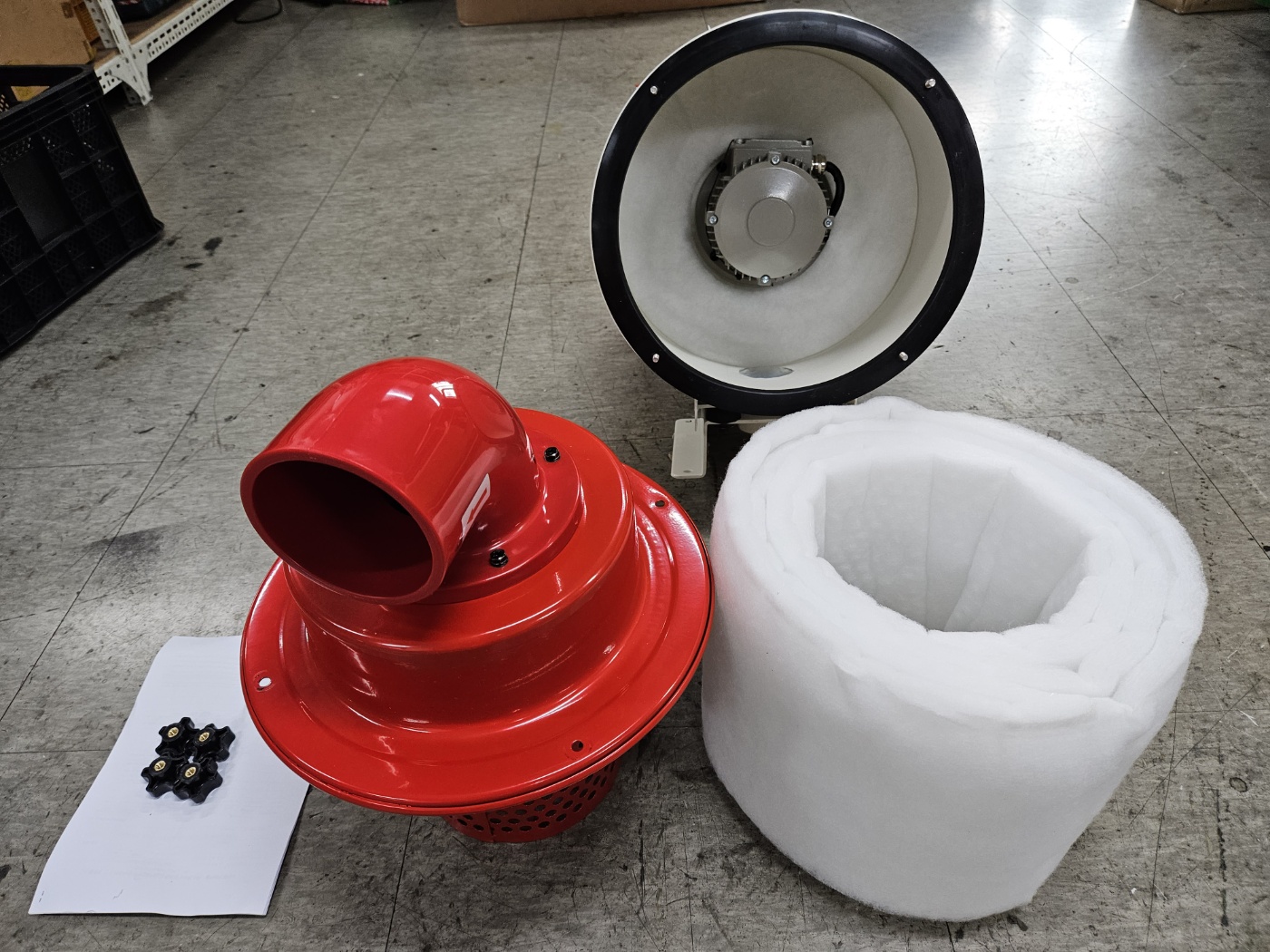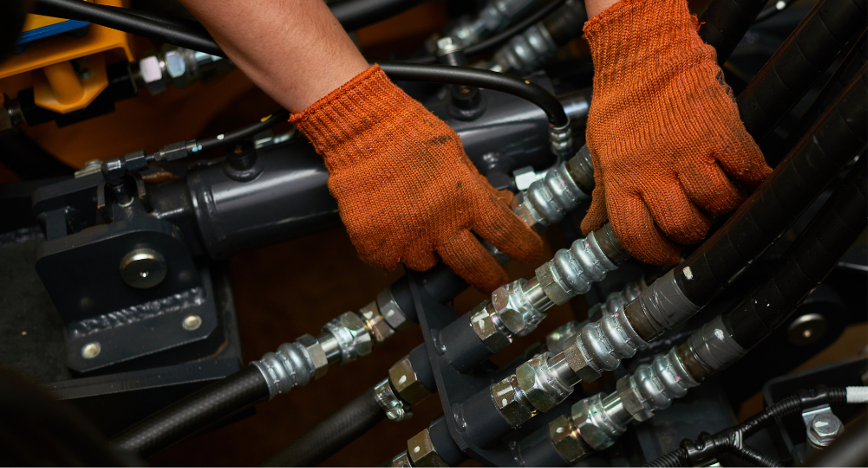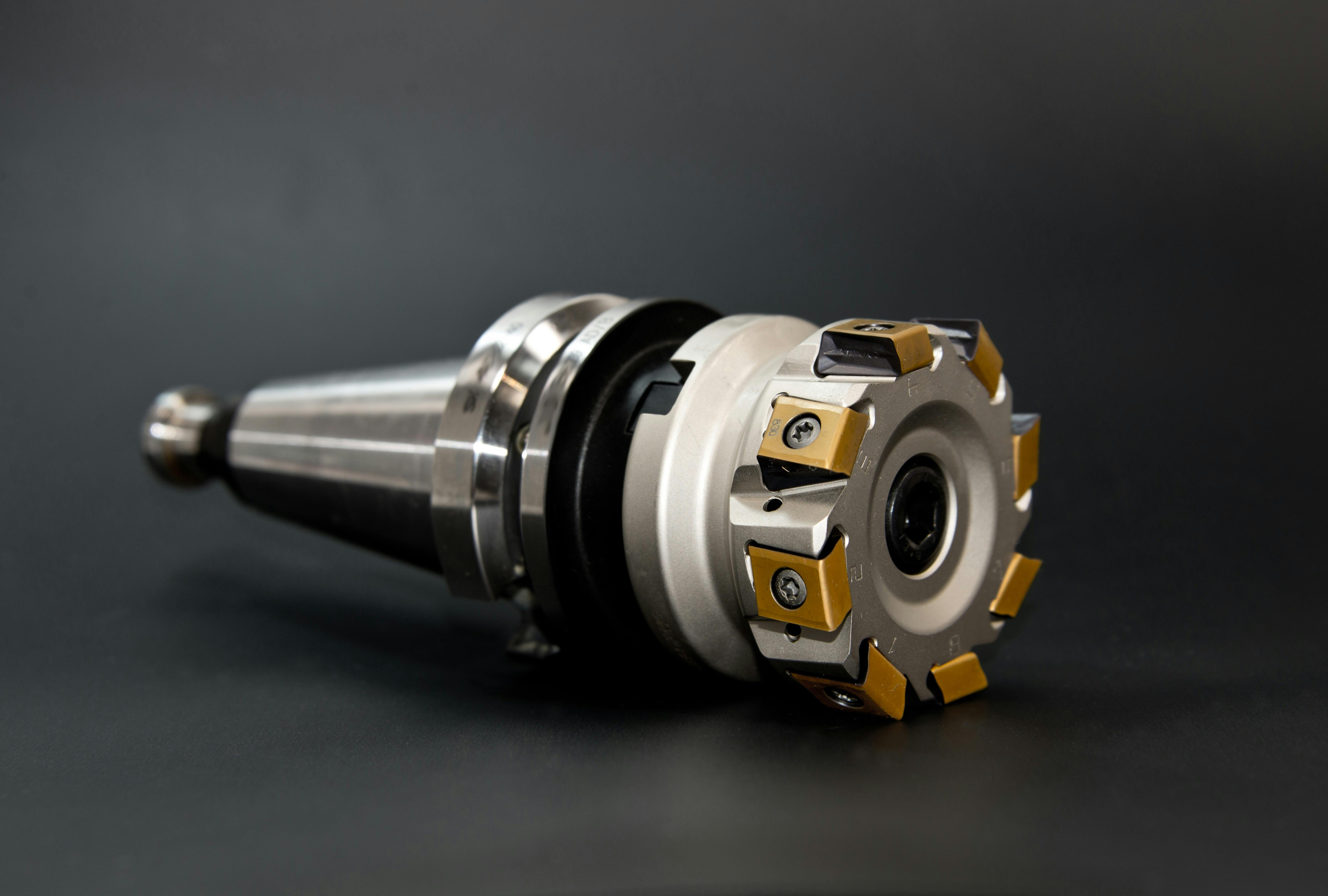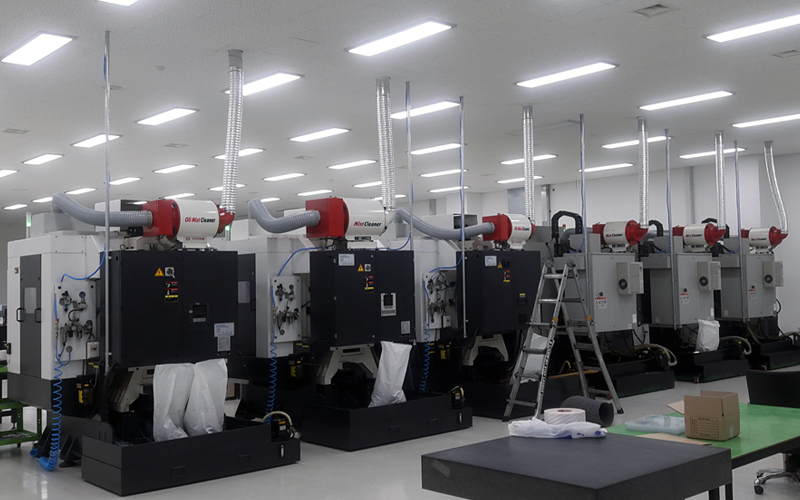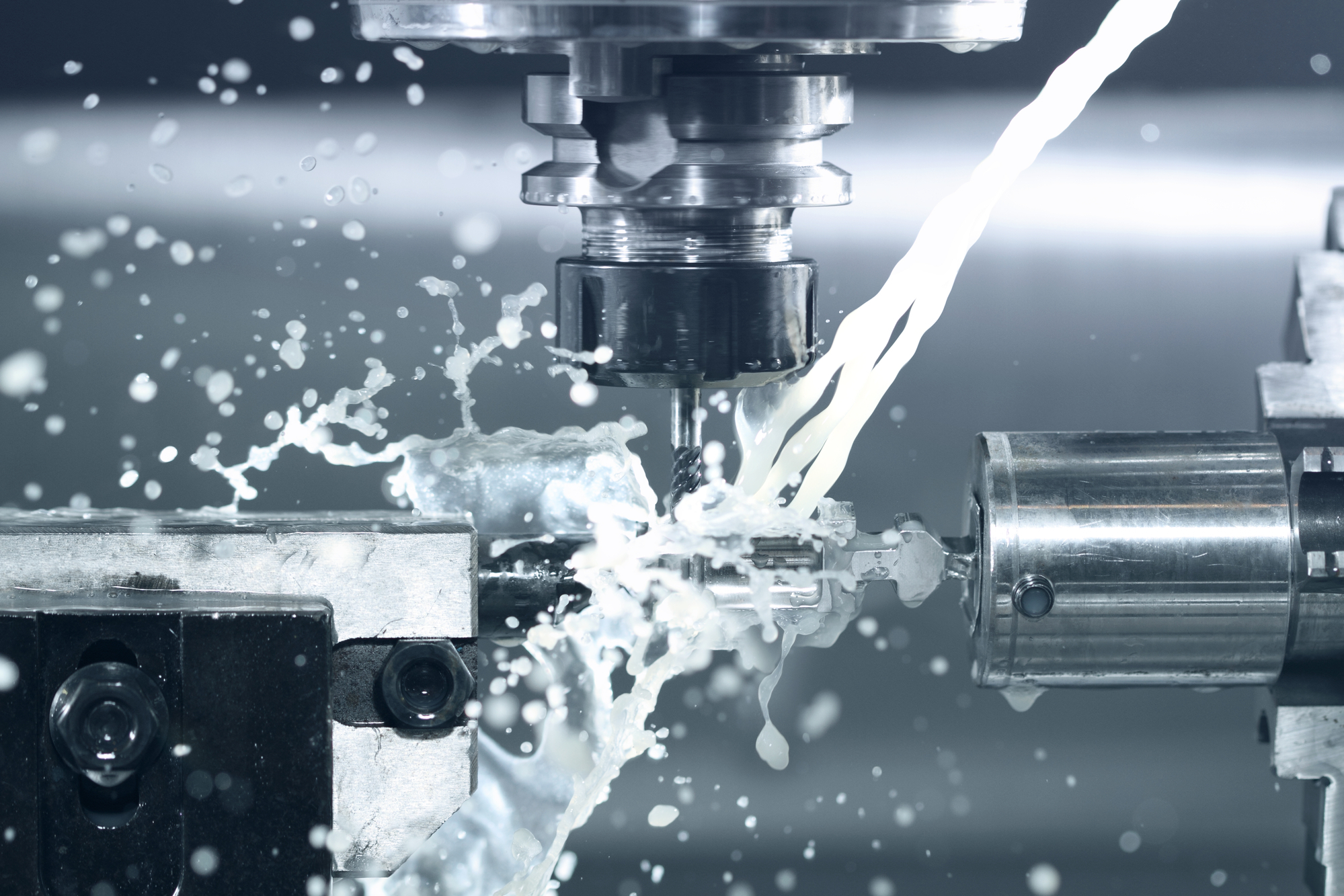 14Jul
14Jul
Managing your CNC coolant fluid can be challenging, but the last thing you want is for your machine to stop running efficiently. This can lead to costly repairs and delays that can be incredibly expensive. However, there are a few best practices that you can implement to ensure your CNC machine continues to run for years to come.
Regularly Monitor Your Sump Levels
During the hot months of the year, the temperature of the coolant tends to be the most noticeable. As water evaporates, it can lead to an increase in the concentration of the coolant, drastically reducing the sump volume.
Having the proper level of fluids is critical when it comes to ensuring the When coolant is too thick, it can result in a buildup on the windows, tables, and materials and also reduces the amount of cooling that occurs at the tooling. This can impact the overall performance of your machine, which is why it is important to make sure that you check the volume right when you start and when you finish the day. If the coolant level is low, you can always add more fluid to replenish it.
Make Sure Your Tank Is Clean
The coolant tank is responsible for storing the coolant fluids that are cycled through as you use your CNC machine. As the coolant mixes with particles and other contaminants, it can result in bacteria growth and also buildup. This makes it important to perform regular cleanings of the tank to ensure it remains safe and reliable.
This will help to flush the nozzles and the delivery lines. Always use clean water to prevent the growth of mold. While cleaning the tank, it is also important to run the CNC coolant pump in order to flush out the delivery line with a small amount of diluted, fresh coolant before performing a full charge of clean coolant.
Regularly Change Your Filters
In addition to cleaning your coolant tank, it is also important to change your filters. The coolant fluids will need to be filtered out periodically in order to remove particles and contaminants that build up over time.
By regularly changing the CNC coolant filters, you will ensure that you are able to effectively filter out all of the impurities. If you fail to change the filters often, it can result in clogs, and the filters will become less effective.
Make Sure Your pH Levels Are Balanced
To ensure optimum performance, you need to make sure that the pH level of your coolant fluid is well-balanced. Any sudden change in the pH level could result in the staining of parts, discoloration of the operator’s skin, paint peeling, and even problems with mixing. You will want to avoid these problems by checking the pH level regularly to ensure that it remains stable.
Dispose of Fluids in a Responsible Manner
The safe disposal of old fluids is important for the environment and to maintain a good name for your company. The last thing you want is to have old hazardous fluids traced back to your company, as this could have a serious impact on your reputation.
When it is time to get rid of your old coolant fluids, you will want to seek a hazardous waste removal service to take care of them and make sure that they are disposed of responsibly.
Perform Preventative Maintenance on Coolant Pumps
Routine maintenance is important when it comes to making sure that your coolant pumps and other parts of your machine continue to function correctly. Any component failure can have a serious impact on your bottom line and your schedule.
By performing preventative maintenance on your coolant pumps, you can rest assured knowing that they will continue to function as intended. The process of performing preventative maintenance involves a few steps. These include:
Shutting Down the Machine
You want to make sure that your CNC machine is powered off completely. You should also verify that it is locked out. After shutting down the machine, drain all of the fluid from the coolant tank. Remove all of the sediments, chips, and particles that have accumulated in the tank.
Performing an Inspection
Perform an inspection of your coolant pumps impellers and motor. You want to look for foreign objects to determine if there are any issues. Use a soluble cleaning solution to wash out the motor and the impeller. Be sure to remove any foreign objects that have the potential to cause problems with the function of your machine.
Reassembling the Machine
After inspecting the coolant pumps and cleaning out all of the parts, you should add new fluid to your coolant tank and reassemble the machine. Reinstall the coolant pumps back to the coolant tank if you had to remove them during the cleaning process. Finally, turn the machine on. Perform a test run to make sure that the coolant circulates properly.
Why Managing Fluid and Preventative Maintenance Matter
Using CNC machines allows you to create high-quality parts that are made with extreme precision. Unfortunately, performance problems and faulty equipment can have a significant impact on the machine’s ability to deliver the products that you expect.
For this reason, maintaining your fluids and performing preventative maintenance can make a significant difference when it comes to your ability to rely on your machine without any interruptions.
Routine maintenance can help to reduce the chances of experiencing any unplanned downtime. Being able to avoid any disruptions in your production process can make a significant difference when it comes to your ability to meet schedules and keep on budget.
Machines that are well-maintained tend to operate more efficiently. Performing routine maintenance and fluid management helps to ensure that your CNC machines continue to function with optimal precision levels.
Let IndustryNest Help You
If you are interested in purchasing new parts for your CNC machines, such as coolant pumps, feel free to reach out to our team at IndustryNest today.

